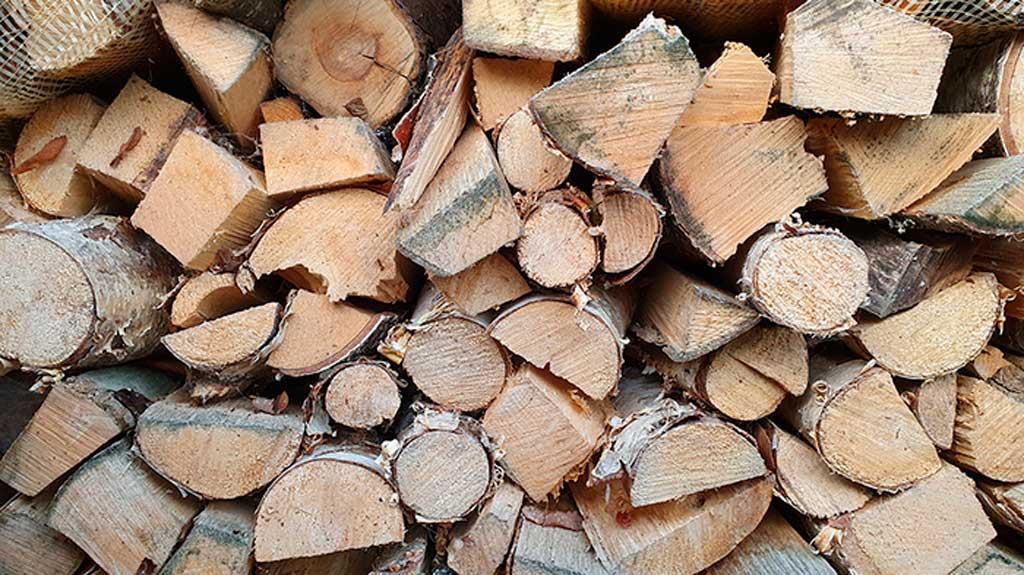According to an article published in the journal Advanced Functional Materials, transpiration – this process of water movement through a plant is constantly occurring in nature. The process also produces small amounts of electricity, known as bioelectricity.
According to Yuanyuan Li, an adjunct professor At KTH´s Division of Biocomposites, says that with a little nanoengineering of the wood and by adjusting the pH, small but promising amounts of electricity can be obtained.
“At the moment we can run small devices, such as an LED lamp or a calculator,” Li explains in a statement. “If we wanted to power a laptop, we would need about a square meter of 1-centimetre-thick wood and about 2 liters of water. For a typical home we would need a lot more material and water than that, so further research is needed.”
By altering the nanoscale composition of wood, the researchers improved its properties in terms of surface area, porosity (or density), surface charge, ease with which water can pass through the material, and the aqueous solution itself, all of which influence the generation of electricity in wood.
“We compared the porous structure of normal wood with the material we upgraded in terms of surface area, porosity, surface charge, and water transport. Our measurements showed 10 times higher electricity generation than natural wood,” Li says.
He claims that further adjusting the pH difference between wood and water, due to an ion concentration gradient, yields a potential of up to 1 volt and a remarkable power output of 1.35 microwatts per square centimeter.
Li says that, to date, the wood manages to supply a high voltage for about 2-3 hours, before it starts to decline. So far, the wood has made it through 10 water cycles without diminishing performance, he says.
“The great advantage of this technology is that the wood can easily be used for other purposes once it is exhausted as an energy source, such as transparent paper, wood foam and different biocomposites.”
pll/lam/lpn










